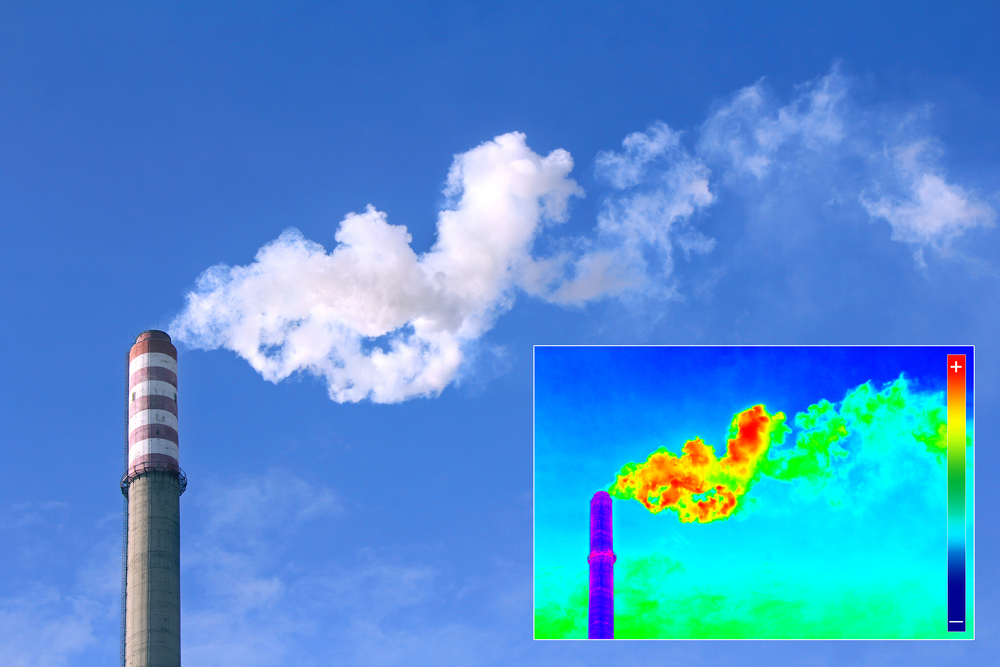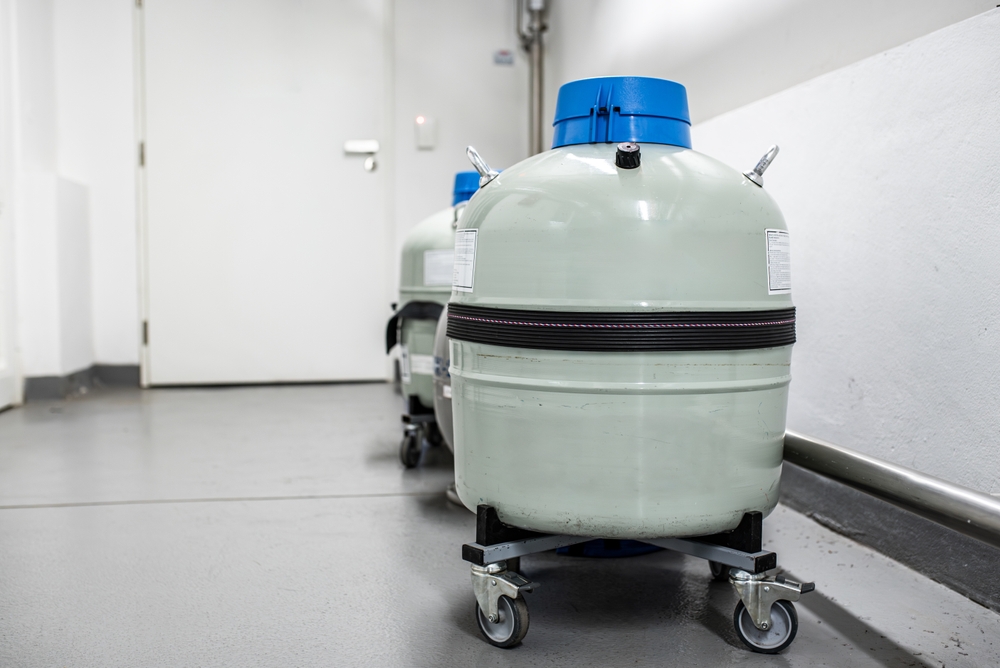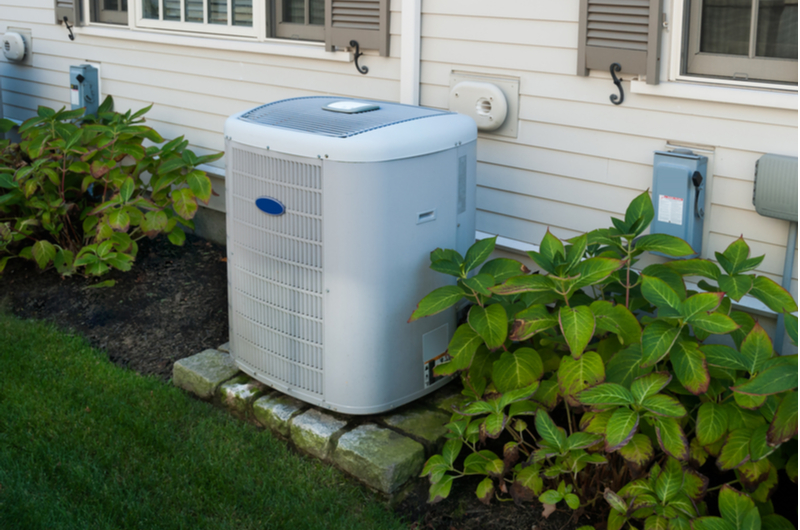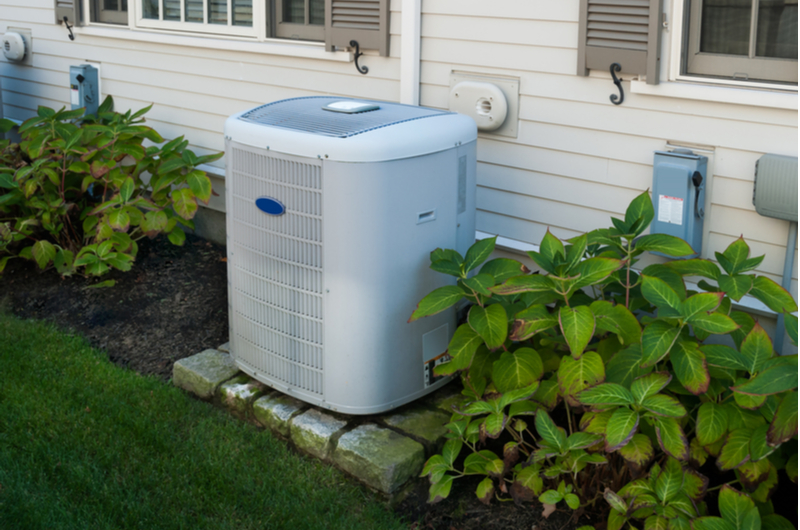Essential Guide to Greenhouse Gas Emissions Testing for Compliance and Sustainability
Discover the benefits of greenhouse gas (GHG) emissions testing, including environmental impact reduction and compliance with UK legislation. Learn about the gases tested, the process involved, and what to expect when you undertake GHG testing.
Greenhouse gas (GHG) emissions testing is not just a regulatory requirement but a crucial step towards environmental stewardship. By identifying and measuring the levels of key greenhouse gases, businesses can take informed steps to reduce their carbon footprint and enhance sustainability. This guide explores the importance of GHG emissions testing, the gases involved, and the benefits of reducing emissions for both the environment and public health.

Key Benefits of Greenhouse Gas (GHG) Emissions Testing
Testing for GHG emissions is a critical step in understanding and reducing your environmental footprint. By measuring these emissions, you can identify ways to minimize your impact on the planet. Additionally, managing and reducing GHG emissions often leads to a decrease in air pollutants like fine particulate matter, which are harmful to human health. For large businesses in the UK, GHG emissions testing is also a legal requirement under the Companies (Directors’ Report) and Limited Liability Partnerships (Energy and Carbon Report) Regulations 2018, ensuring compliance with national legislation.
Understanding Greenhouse Gas (GHG) Emissions Testing
GHG emissions testing involves the sampling of key greenhouse gases, which are critical contributors to global warming. Envirocare tests for the following gases:
- Carbon dioxide (CO2)
- Methane (CH4)
- Nitrous oxide (N2O)
- Hydrofluorocarbons (HFCs)
- Nitrogen trifluoride (NF3)
- Sulphur hexafluoride (SF6)
- Perfluorocarbons (PFCs)
These gases are commonly known as the "Kyoto 7," a reference to the Kyoto Protocol, an international treaty that initially aimed to reduce such emissions. Despite being succeeded by the Paris Climate Agreement, the monitoring of these gases remains crucial and they are included in the National Atmospheric Emissions Inventory.
In addition to these direct GHGs, Envirocare also tests for other gases that indirectly contribute to greenhouse effects, such as nitrogen oxides (NOx), carbon monoxide (CO), non-methane volatile organic compounds (NMVOCs), and sulfur dioxide (SO2). The global warming potential (GWP) of each gas is considered to assess the overall impact of emissions from specific sources.
What to Expect from GHG Emissions Testing
When you reach out to Envirocare for GHG emissions testing, expect a professional and friendly interaction as we discuss your specific needs. This might involve a call or a site meeting with one of our experts to go over your requirements, the sampling location, and access logistics. Once details are finalized, our team will conduct the necessary emissions testing on-site, providing you with comprehensive data to help manage your environmental responsibilities effectively.
GHG emissions testing serves as a fundamental tool for businesses to not only comply with stringent environmental regulations but also to actively participate in the global effort to combat climate change. By understanding and reducing their emissions, companies can make a significant impact on reducing air pollutants and protecting human health, while aligning their operations with broader environmental goals. Through professional assessments and targeted actions, GHG emissions testing helps pave the way for a more sustainable and responsible future.











